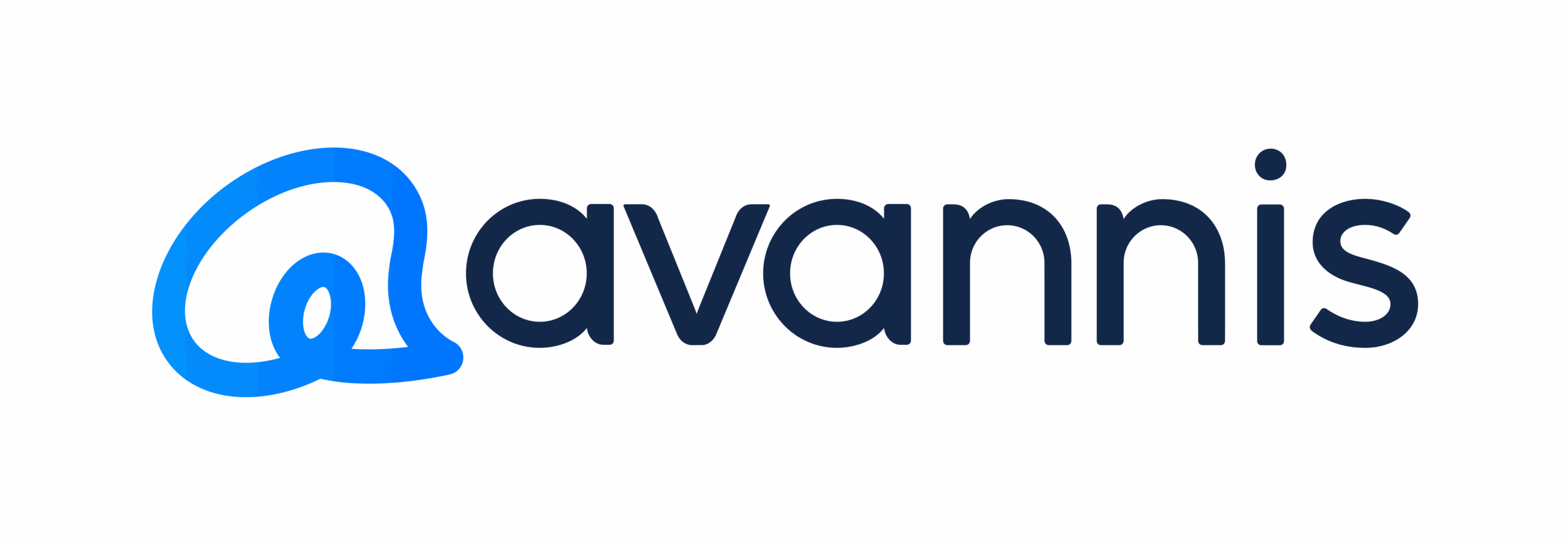The One That Got Away: Dealing With Attrition Affordably

Customer attrition is a fact of life for all banks and credit unions. To combat it, financial institutions commonly pour resources into marketing efforts. The aim is to spread the word about your stellar products and services to attract new customers to replace ones that have left and, if you’re lucky, add additional clients to your roster, too. Drawing in new customers isn’t cheap, though. Traditionally, the numbers have shown that acquiring new business can cost as much as five times more than it does to simply retain existing customers. But what if there was a way your marketing dollars could do double-duty, plugging up the holes in your bucket and attracting new clients in the bargain?
What Does Attracting New Customers Cost?
Before you can determine whether you’re spending your marketing budget effectively, you need to know how much bringing in new customers costs. As an example, let’s say your financial institution has seven branches. We’ll also say that the branches lose a total of 60 customers per month, but they open an average of 100 new accounts. Not bad, right? At least they’re opening more accounts than they’re losing.
But let’s also say that, for all branches, your corporate marketing budget (including payroll) is $7,800 per month. In addition, each individual branch spends another $200 per month on drawings, referral programs, events, and the like. That brings the monthly marketing costs up to $9,200. And don’t forget to factor in the cost of onboarding (commonly estimated at about 4 hours, at an average FTE rate of $25 per hour–$100). So you might figure the cost of bringing in each new customer is $192:
$7,800+$1,400=$9,200/100=$92+$100=$192
Remember, however, that although your branches bring in 100 new accounts each month, 60 existing ones go away. That means the $9,200 cost is actually spread over 40 accounts, not all 100:
$9,200/40=$230+$100=$330
That nearly doubles the initial cost we thought we were working with, and it’s why experts say focusing on growing your relationship with existing customers is a better use of your marketing dollars.
A More Efficient Use of Your Budget
At Avannis, we know that monitoring the customer experience optimizes your marketing budget. Take for example a bank that chooses to receive feedback after new accounts are opened–both in branch and on-line, after digital banking transactions, and from some randomly selected dormant customer accounts. This type of program provides the bank daily, ready access to two invaluable pieces of information: 1) potential threats and 2) upcoming needs (lifecycling). The bank can act on concerns and leads so, without spending big money, they are simultaneously plugging burgeoning attrition gaps and uncovering new leads for revenue.
Add to this kind of a program a true attrition study where post-closure feedback is gathered that goes beyond what your teller logs on core. That not only provides you with the opportunity to win back some possible saves, but it also sheds light on what’s driving customers away.
Beyond the daily data wins that drive home revenue, financial institutions use the customer feedback in aggregate to deliver smart marketing content—content that’s built from real data about their strengths, wins, value adds. And that data is usually segmented into all kinds of interesting ways to again optimize your marketing spend in particular markets.
The Best of Both Worlds
How would it feel to retain more existing customers while attracting new ones? For example, say the illustration above ended with net 70 new accounts each month instead of 40 without having to spend more than what you have budgeted now? Contact us today to learn more about how Avannis can help you help yourself with simple, no-contract solutions specifically built for banks to listen, act, and implement.
